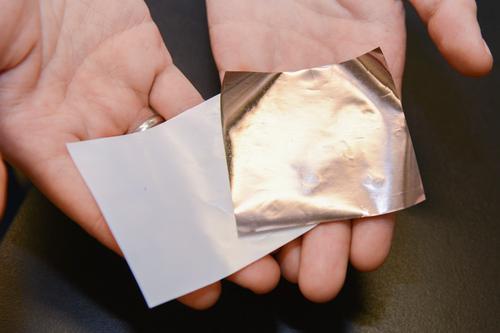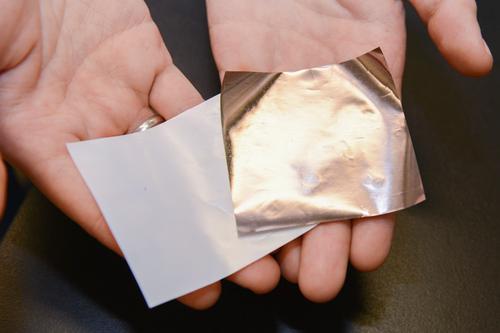Smart Battery Sensor Provides Warning Before Catching Fire
October 23, 2014

Much has been made over the potentially dangerous flammability of lithium-ion batteries after major companies like Boeing, Sony, and Tesla have grappled with well-publicized battery fires. Researchers at Stanford University may have come up with a solution to this problem with a smart sensor for lithium-ion batteries that provides a warning if the battery is about to overheat or catch fire.
Yi Cui, an associate professor of materials science and engineering, co-developed the early warning system with a team of graduate students. The key to the invention lies in the separator between the carbon and lithium metal-oxide cathodes of a typical lithium-ion battery, researchers said in an article on the Stanford website.

Usually made of polymer, the separator keeps the electrodes apart. However, if the separator is damaged, it could cause a short circuit that ignites the electrolyte solution that moves the lithium ions back and forth. "The separator is made of the same material used in plastic bottles," said graduate student Denys Zhuo, co-lead author of the study the inventors published in the journal Nature Communications. "It's porous so that lithium ions can flow between the electrodes as the battery charges and discharges."
The problem of flammability arises when defects, such as particles of metal and dust, penetrate the separator and trigger shorting. A short can also occur if the battery is charged too fast or when the temperature is too low, a scenario called overcharging, researchers said. Overcharging causes lithium ions to get stuck on the anode and pile up, forming chains of lithium metal called dendrites that can pierce the separator and reach the cathode, causing the battery to short, according to Cui.
He and his team have considered how to remedy this problem for some time and think they now have come up with a solution. "In the last couple of years we've been thinking about building a smart separator that can detect shorting before the dendrites reach the cathode," Cui said.
To create this system, he and his team applied a nanolayer of copper onto one side of a polymer separator to create a third electrode halfway between the anode and the cathode. The copper layer acts as a sensor to measure the voltage difference between the anode and the separator. If the dendrites grow long enough to reach the copper coating, the voltage drops to zero, a warning that the battery should be removed before reaching the cathode and causing a short circuit.
The potentially dangerous building up of dendrites typically occurs during battery charging, not during the discharge phase. The system is not only applicable to lithium-ion batteries but also can be used in zinc, aluminum, and other metal batteries, Cui said.
The National Science Foundation Graduate Research Fellowship Program provided support for the research.
Related posts:
About the Author(s)
You May Also Like

.jpg?width=300&auto=webp&quality=80&disable=upscale)

